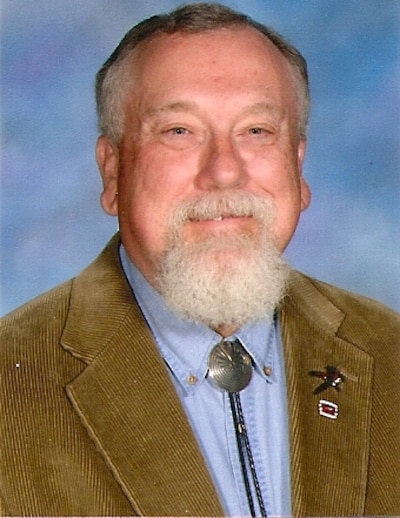
EdNews Parent Expert Robert “Kim” Herrell responds:
Q. Is there any research to support the benefits of a pull-out Gifted and Talented program? Are there downsides to a pull out program?
A. In the area of Gifted, Talented, and Creative (GTC) Education and Programming we have needed someone, or a team, to compile all the great research conducted in the field, a synthesis, to help us see what is working for GTC children. Well, it happened. Dr. Karen Rogers, School of Education, University of St. Thomas, in Minneapolis, put it all together for us in her book, Re-forming Gifted Education (2001). I will draw on her research synthesis often in my work.
Pullout programs have been an important part of GTC education for quite some time. In what configuration do they work best? First, we must understand “works best.” In statistics we look at “Effect Size,” or ES. It shows us how much growth a student might be expected to show in one school year. If a student showed an ES of .33, or a growth of one third of a year in addition to their annual growth, they would be expected to have grown a whole additional school year after three years, or a total growth of four years in three. That is significant.
The Roger’s research synthesis found significant ES for three types of pullout programs:
“The pullout groupings reported different effect sizes depending on what was being taught. .65 is the effect if the pullout focuses on a direct extension of work in the regular classroom. .44 is from pullouts that focus on critical thinking skills. .32 is the effect when the pullout was focused on creativity grouping.”
If the pullout program is a differentiated higher Math program, for example, it would be expected that the GTC students would need less that two years to gain an additional year of growth in math. In the area of critical thinking skills, it would take a little more than two years to gain an additional year. In a creativity area it would take close to three years to gain that additional year. All three are considered significant ES. They “work best.”
Many used to look on pullout programs as “fluff,” having little or no value. Some used to think that pullouts were the best that poorer school districts could put together for their GTC students. If they singled out those top students for pullouts, and no one else, it would target those students for peer attack. We now know that pullout programs can be a valuable part of an educational communities programming. If the purpose of the whole learning community is to meet all students where they are at and take them as far as they can go, pullouts will be natural and an opportunity with purpose, not just for GTC students.
About our First Person series:
First Person is where Chalkbeat features personal essays by educators, students, parents, and others trying to improve public education. Read our submission guidelines here.
